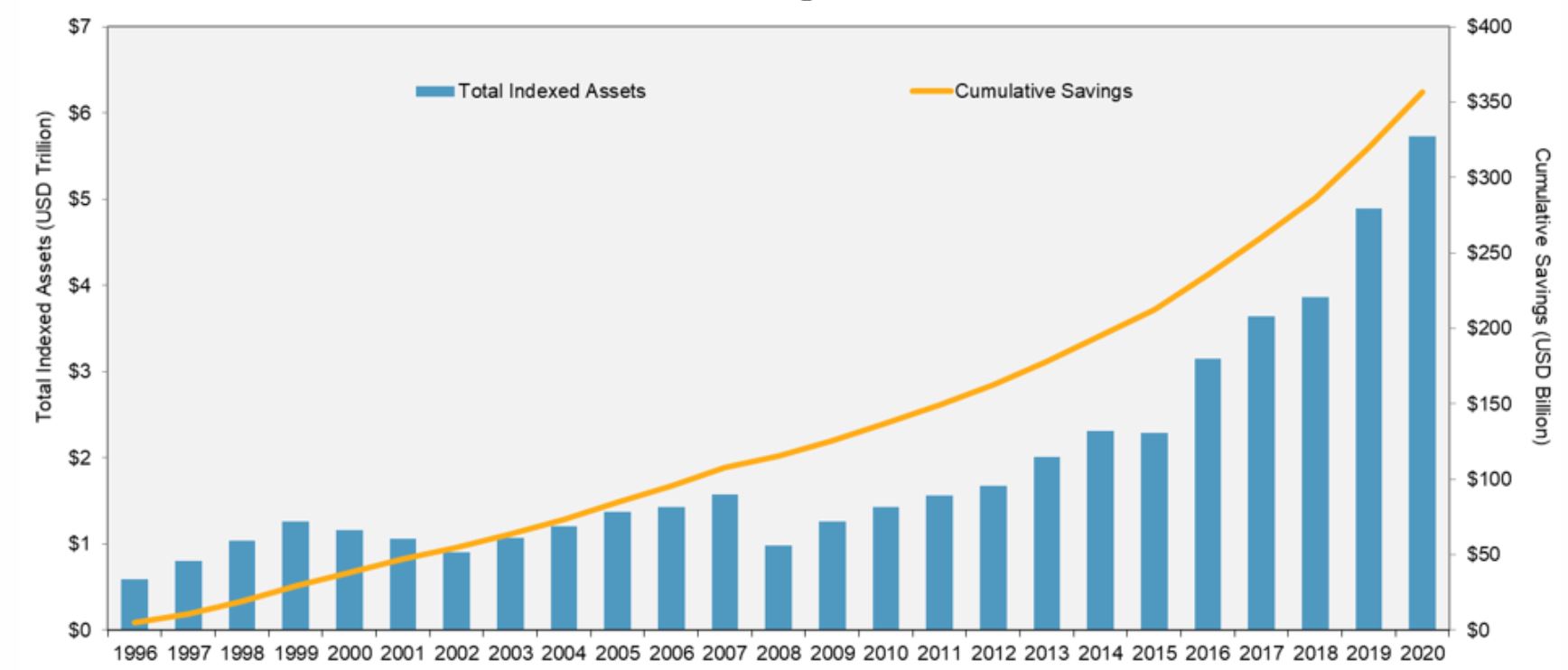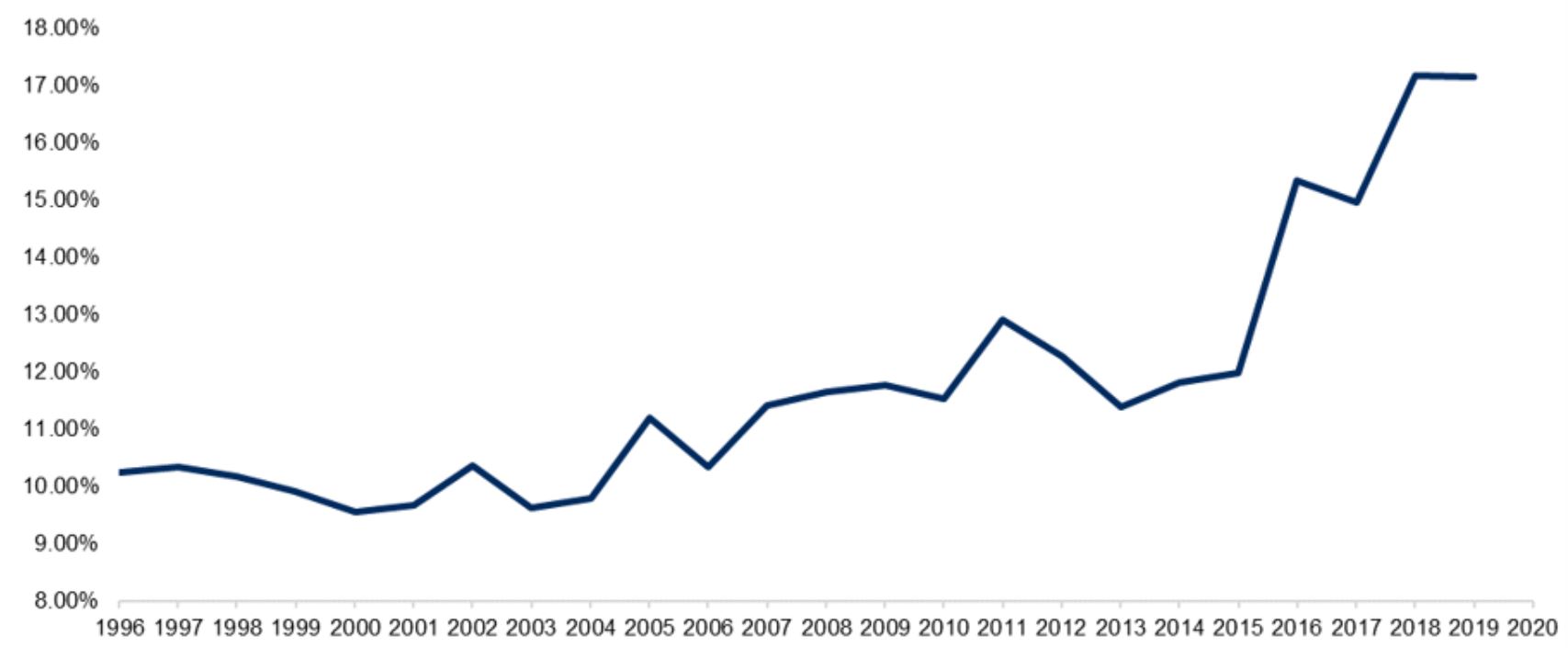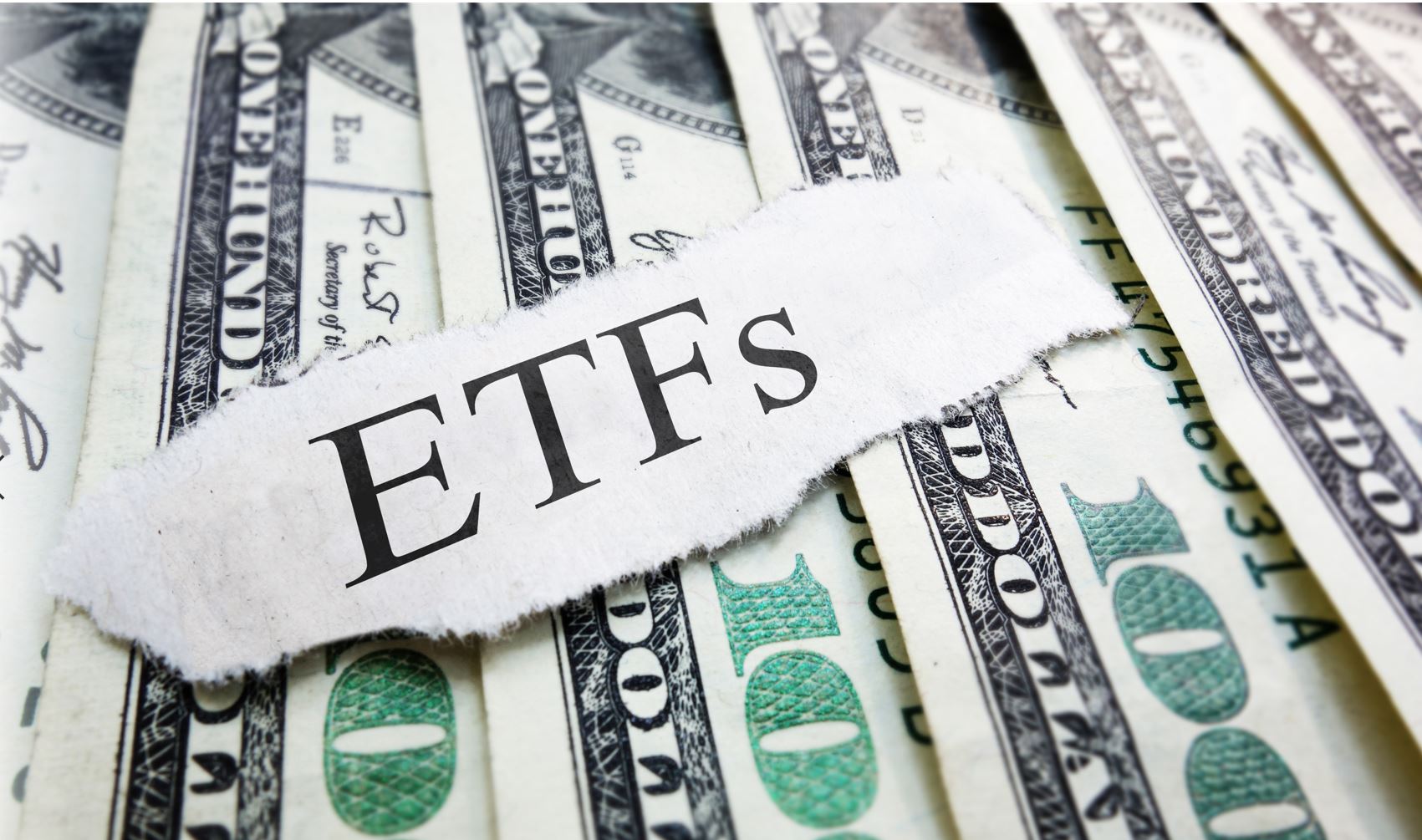The rise of index investing since the turn of the millennia has been one of greatest financial transformations in history and the benefits are clear to see with investors saving billions of dollars’ worth in fees alone.
According to research conducted by S&P Dow Jones Indices (SPDJI), investors in index funds tracking the S&P 500, S&P 400 and S&P 600 have saved $357bn in management fees over the past 25 years.
The index provider calculated this by taking the difference in expense ratios between active and index mutual funds and subsequently multiplied this difference by the total value of indexed assets for the three indices.
Chart 1: Total indexed assets and cumulative savings from passive

Source: SPDJI
In a world of low returns following the Global Financial Crisis (GFC) in 2008, one of the key selling points of ETFs and index funds has been the lower fees they offer versus active strategies.
Furthermore, the average active manager has been unable to outperform the market over the past decade which has been the other driving factor.
As the late Jack Bogle, founder of Vanguard, said: “Before costs, beating the market is a zero-sum game. After costs, it is a loser’s game.”
In the research note, titled Strength of Savings, Anu Ganti, senior director, index investment strategy at SPDJI, said the rise of passives has been one of “significant trends” in modern financial history.
Ganti pointed to SPDJI’s bi-annual SPIVA scorecard which shows 94% of all large-cap US managers lagged the S&P 500 over the past 20 years, as at the end of 2020.
“As indexing has grown, investors have benefitted substantially by saving on fees and avoiding underperformance,” she added.
Overall, index assets tracking the S&P 500 have surged to $5.4trn, as at December 2020, while the market share of passives has increased from 10% in 1996 to 17% in 2020.
Chart 2: S&P 500 indexed assets as percentage of float-adjusted market capitalisation

“While indexing has grown substantially, the potential for future growth is promising,” Ganti concluded.



